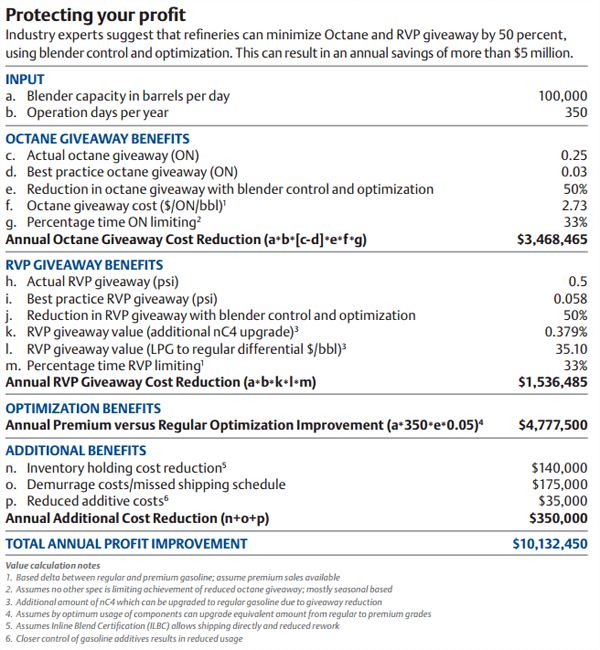With many of the hydrocarbons falling in price, one exception has been octane (C8H18). Its structure comes in many forms or isomers—18 according to its Wikipedia entry. These octanes are:
…a family of hydrocarbon that are typical components of gasoline. They are colorless liquids that boil around 125 °C (260 °F). One member of the octane family, isooctane is used as a reference standard to benchmark the tendency of gasoline or LPG fuels to resist self-ignition.
The octane rating of the gasoline you purchase provides you with information on how well it will resist this self ignition/engine knocking. In an ADI Analytics article, Understanding Octane Value in North America, they note that:
I caught up with Emerson’s Sudhir Jain, who shared this article with me, about how refiners can maximize octane production to capture these higher margins.…the value of octane has increased for several reasons. First, gasoline demand is increasing faster than demand for other distillates. Second, refineries are relying more heavily on high paraffin crude oil as feedstock, which typically produces gasoline with lower octane ratings. Third, global catalytic reforming capacity is growing at a slower rate than refining capacity.
He shared an analysis from an integrated blending solution piece about the economic benefit in minimizing giveaways of octane and Reid Vapor Pressure (RPV)—gasoline volatility.
This analysis shows that for a refinery with a blender capacity of 100,000 barrels per day, that blender control and optimization can reduce octane and RPV giveaway by 50% for an annual savings of more than $5 million USD.
Sudhir explained to me that by combining an advanced process control-based blend optimizer solution with a near infrared (NIR) spectroscopy online analyzer, refiners could minimize octane and RPV giveaway. For gasoline blending, NIRs can measure octane numbers, volatility (RVP, vapor-to-liquid ratio), aromatics, olefins, oxygen, benzene, and ethanol, MTBE, ETBE, etc.
In a PTQ article, Minimising gasoline specification give-away, octane giveaway was cited by a U.S. refiner to be $1.75/BBL USD in 2015. Assuming giveaway can be reduced 50% through blender control and optimization, for a refinery with a blend capacity of 100,000 BBL/day, this would provide $1.75 * 0.5 *100,000 = $87,500/day in octane giveaway savings. For a refinery with a 90% operable utilization rate, annual savings would be $87,500 * 365 * 0.9 or almost $29 million USD.
In an earlier post, Online Analyzers in Refinery In-line Blending Operations, we shared how these NIR devices can share these crude oil characteristics back with the advanced control strategies to optimize the blend. The post included a link to a Hydrocarbon Engineering article explaining the application of NIR technology.
Sudhir and the advanced control consultants can work with your refinery team to identify potential savings in optimizing your blend control to minimize octane and RVP giveaway. You can also connect and interact with refining experts in the Refining group in the Emerson Exchange 365 community.


